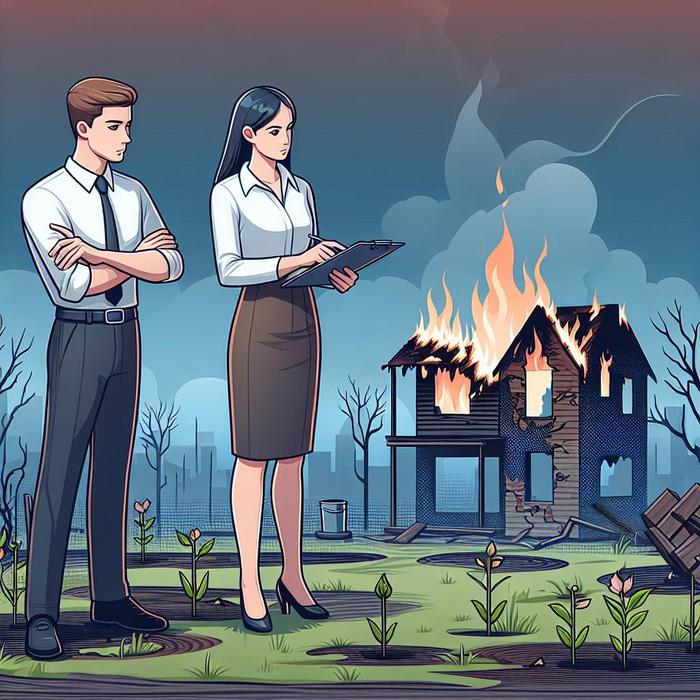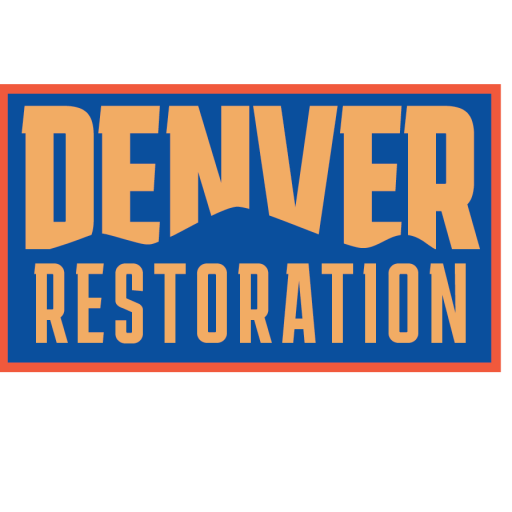Unveiling the Mystery behind Fire Restoration Steps
Fire incidents can be very devastating, leaving both emotional and physical scars. However, understanding the steps involved in fire restoration can help re-establish normalcy and even turn the situation around. By controlling fire damage, you not only secure your property but also safeguard your peace of mind.
Initial Damage Assessment
After the flames are out and everyone is safe, the first step in fire restoration is to carry out a detailed damage assessment. This process involves identifying the extent of the damage, the areas affected, and the type of materials destroyed. Accurate estimation is crucial for planning the next steps. A comprehensive fire damage assessment not only guides your restoration plan but also plays a vital role in quick insurance claim processing.
Efficient and Safe Clearing of Damaged Properties
Once the damage is assessed, it becomes important to clear out the damaged materials safely. This is an essential step in controlling fire damage. Items affected by soot, smoke, or water used in extinguishing the fire need to be handled carefully to prevent further damage. Learn more about this process in our guide on handling trauma cleanup with care.
Smoke and Soot Remediation
Fire damage doesn’t end with burnt materials; smoke and soot residue can continue wreaking havoc long after the fire has been extinguished. Effective smoke and soot remediation strategies will help to restore your property to its pre-fire condition. Customized fire damage services are available to deal with both visible and hidden soot damage, helping you reclaim control over your property.
Water Damage Restoration
Ironically, while water is used to quell the fire, it can also cause significant damage to your property. Thus, water damage restoration forms an integral part of controlling fire damage. From drying out wet areas to preventing the growth of mold, this process is essential for a healthy and safe environment. You might find our tips on navigating your mold testing process insightful.
Reconstruction and Final Touches
The final phase in the fire restoration steps involves rebuilding and restoring your damaged property. This process can range from minor repairs to major construction. It’s a significant step in regaining control and reassuring you that the nightmare won’t last forever. Our roadmap to resilience post-storm could also provide useful insights on reconstruction.
The aftermath of a fire incident often brings with it a myriad of insurance and legal considerations. A clear understanding of your policy and rights will go a long way in controlling fire damage and ensuring a swift recovery. You can find essential steps for homeowners going through fire damage restoration here to ease this process.
Mastering Customer Communication and Crisis Management
Communication is the backbone of effective fire damage control. It’s important to keep all parties informed and manage the crisis efficiently. From liaising with insurance companies and restoration professionals to updating family members, efficient communication can make a huge difference.
By understanding these fire restoration steps, you regain control of your situation and set the stage for smooth restoration. Remember, the main goal is to restore not only the physical damage but to also reestablish a sense of normalcy and safety.
Understanding the Role of Equipment and Techniques in Restoration
Fire restoration is no simple task, requiring a unique blend of advanced equipment and proven techniques. If you have suffered from fire damage, it’s essential to understand how professionals utilize the right tools and methods to restore your property effectively.
Removal and Cleaning Equipment
Fire restoration professionals rely on a variety of equipment to remove damaged materials and clean the affected areas. This can include everything from high-powered vacuums and air movers that remove soot and smoke particles in the air to specialized detergents and scrub brushes that help clean surfaces. For example, check out the smoke damage restoration process that reveals these processes.
Deodorization and Air Purification Equipment
Foul odors and poor air quality are common after a fire. Restoration experts use deodorization and air purification equipment to neutralize these smells and improve air quality. Here are some expert tips for quick and effective smoke odor elimination.
Water Removal and Dehumidification Equipment
Water damage from fire-fighting efforts can be extensive. Professional restoration involves water removal and dehumidification. This equipment extracts water, reduces humidity levels, and dries out the affected areas to limit damage and prevent mold growth. Our article on how to streamline your sewage cleanup process offers valuable insights into handling water-related damage.
Environmental and Health Safety
Following a fire disaster, there are numerous environmental and health safety concerns that property owners and managers must be aware of to ensure the well-being of the inhabitants.
Air Quality Concerns
Smoke and soot can significantly degrade air quality, leading to health issues like respiratory problems and allergies. Proper restoration can mitigate these risks by purifying the air and removing harmful particles. Our guide on expert tips for quick and effective smoke odor elimination provides an in-depth look at these considerations.
Mold Growth
The water used to extinguish a fire can lead to mold growth if not quickly and properly addressed. Mold poses a serious health risk, causing a variety of respiratory issues and allergic reactions. It’s essential to ensure professionals perform thorough water damage restoration to prevent this dangerous situation. You can learn more about navigating your mold testing process on our website.
The Importance of Immediate Response
Timing is of the essence in fire damage restoration. Immediate response helps minimize the extent of damage, reduce restoration costs, and speed up the recovery process. It’s critical to choose a restoration company that offers swift and immediate response to fire damage incidents.
Ensuring Continuity After Fire Damage
Disruptions can lead to business loss, relocation, or in the worst-case scenario, closure. However, a well-thought-out restoration plan can ensure continuity and swift recovery. A good plan covers elements like backup strategies, alternative operating locations, and employee communication protocols. The best practices for fire damage control can help businesses recover swiftly.
Picking the Right Professionals for Restoration
Choosing the right restoration professionals can be a daunting task. However, selecting a team with extensive experience, specialized equipment, and proven strategies can ensure your property is restored to its pre-fire condition or even better. Additionally, a good restoration company knows how to navigate insurance claims and can provide guidance throughout the process.
Remember, the goal of fire restoration is not merely to repair the physical damage but also to restore a sense of normalcy and safety. By understanding these fire restoration steps, you can regain control and navigate this challenging period with confidence.

